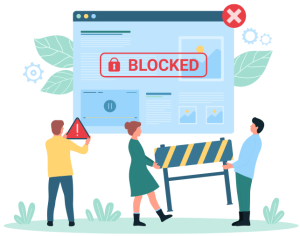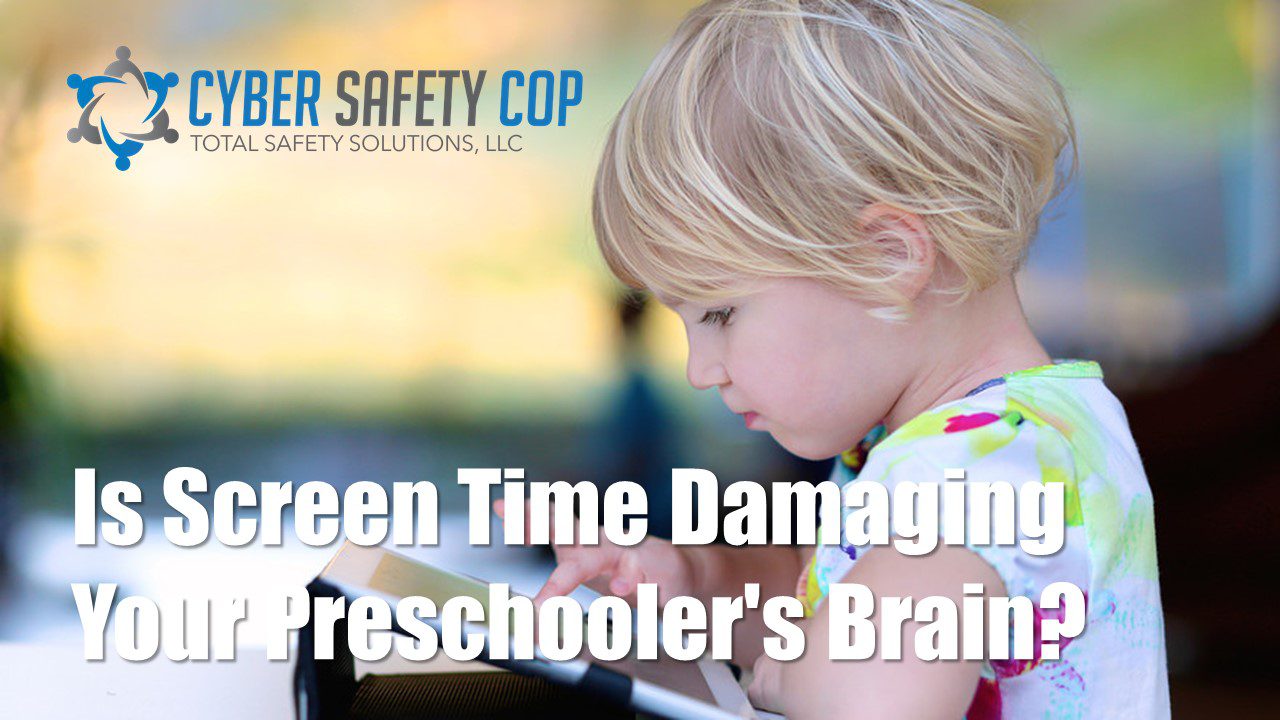Brain scans of children 3 to 5 years old show a link between screen time and lower brain development. Here's what parents can do to protect their preschooler's brains without throwing the iPad out the...
You're almost there...
Register or Login to your account to view requested content.

Joining the Cyber Safety Plus Membership has many benefits including:
- Exclusive Articles and Practical Advice
- Extensive Online Training Library
- Monthly Live Zoom Meetings
- Supportive Parent Community
- And More!


